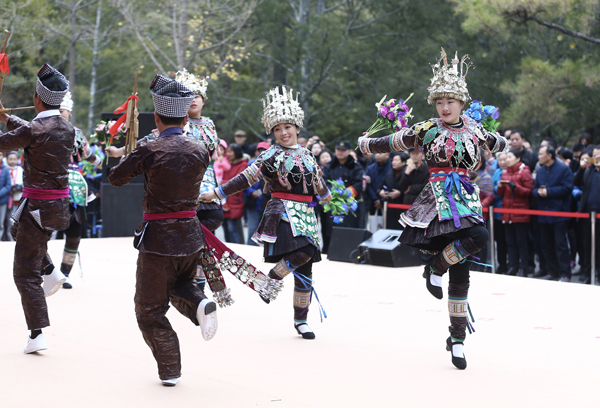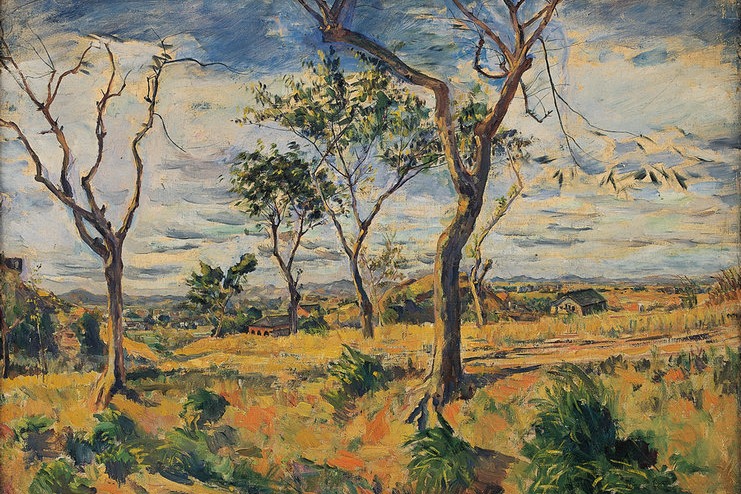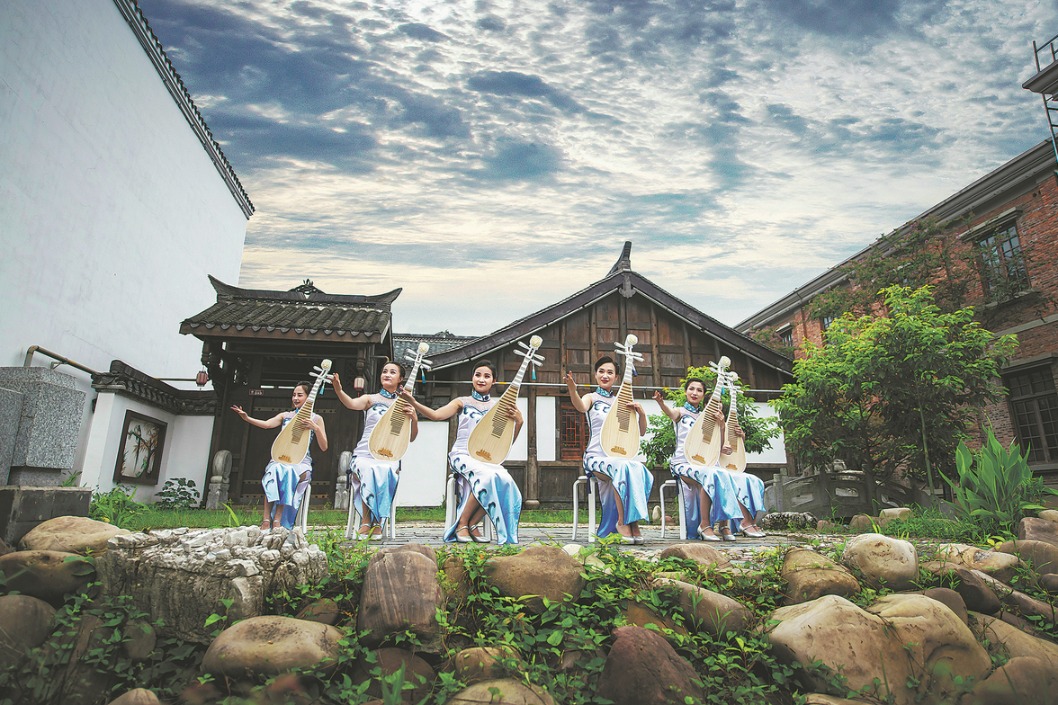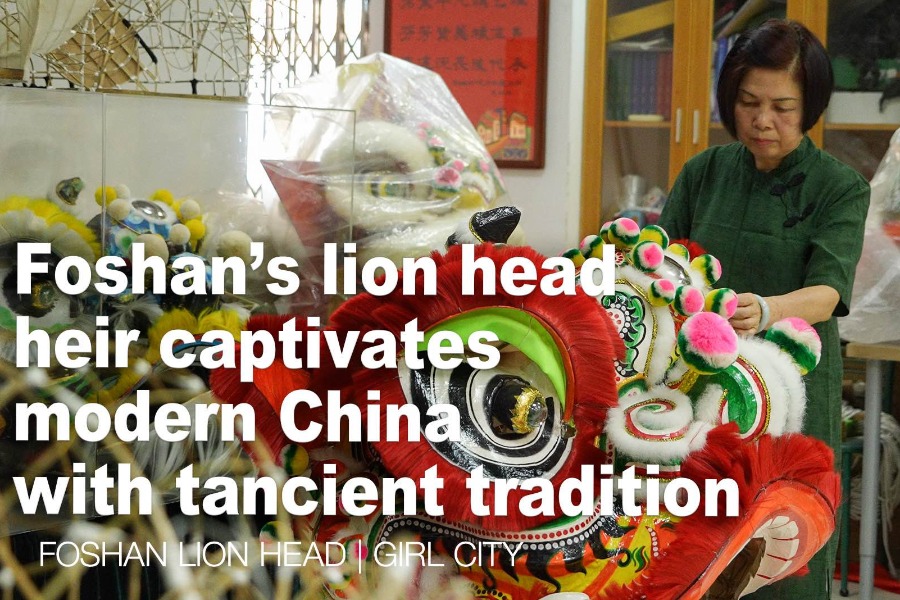Preserving green heritage


"The area of the field is greatly reduced," says Dai. "Fortunately, some parts survive today to show how people grew rice in Beijing in the old days."
Dai says traditional farming areas form the foundation of the nation's culture.
For instance, in the Honghe Hani Terrace area, a unique polyphonic chorus genre called Hani-haba (Hani ancient songs) and other intangible cultural heritage is closely connected with people's everyday labor in the field.
"Unlike cultural relics, agricultural heritage systems are still alive," Dai explains.
"So, if it disappears, folk art forms, traditional rituals and festivals and old craftsmanship, which are based on farming, will no longer exist.
"This heritage not only belongs to the past, but is essential for the future.
"Now, in a time being dominated by modern agriculture, in which machines and chemicals are widely used, we have to leave other alternatives for future generations."
He also says that the revival of such traditions is a way to alleviate poverty.
"Frankly speaking, some traditional methods are alive in regions that are relatively less developed and face poverty," says Dai.
"So, we can use this heritage to improve local livelihoods."
However, protection of heritage does not mean keeping everything as it is.
"So, while large-scale mechanization is not advisable, management can be improved, and better breeds of farm animals can be introduced to boost economic value."
Meanwhile, an expanded list of China's key agricultural heritage systems will be released next year, says Dai, and the clamor for national heritage site status will benefit farmers and boost food safety.
Separately, China's efforts to protect agricultural heritage has been recognized overseas.
According to Tang Shengyao, the deputy head of the international cooperation department of the Ministry of Agriculture and Rural Affairs, China now owns 15 Globally Important Agricultural Heritage Systems, including the Honghe Hani Rice Terrace; the Qingtian's Rice and Fish Culture, and the Aohan Dryland Farming System-placing it at the top of the table for such systems.
The GIAHS program was initiated by the UN's Food and Agriculture Organization in 2002, and so far there are 52 entries from 21 countries.
Speaking about how China sees the process, Tang says: "China has released a national rule to regulate the heritage systems, and has established a supervision center overseeing their protection. We are the first country to do so, and we've gained great social, economic and cultural benefits."
So far, delegates from nearly 70 countries have come to China to learn GIAHS-related work, Tang adds. Work has also been done to promote the exchange of experiences between Chinese and foreign counterparts on similar projects.
For example, a cooperation agreement has been reached between Fuzhou Jasmine and Tea Culture System in Fujian province and wine regions in Burgundy, France. The same is true for the Xinghua Duotian water-land agro-system in Jiangsu province and the Chinampa system in Mexico-floating artificial islands that have been used for agricultural production since Aztec times.
Contact the writer at wangkaihao@chinadaily.com.cn
If you go
Until Feb 28
Hall No 5, China Agricultural Museum
16 Dongsanhuan Beilu (northern section of the East Third Ring Road, by Line 10 subway station Agricultural Exhibition Center), Chaoyang district, Beijing
9 am to 4 pm (closed on Mondays). Free of charge, but ID card is needed for entry.
More information on website: www.ciae.com.cn





































